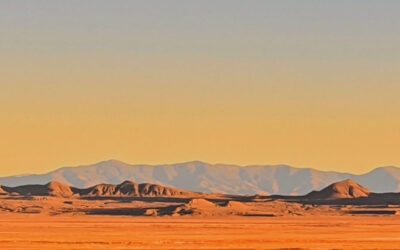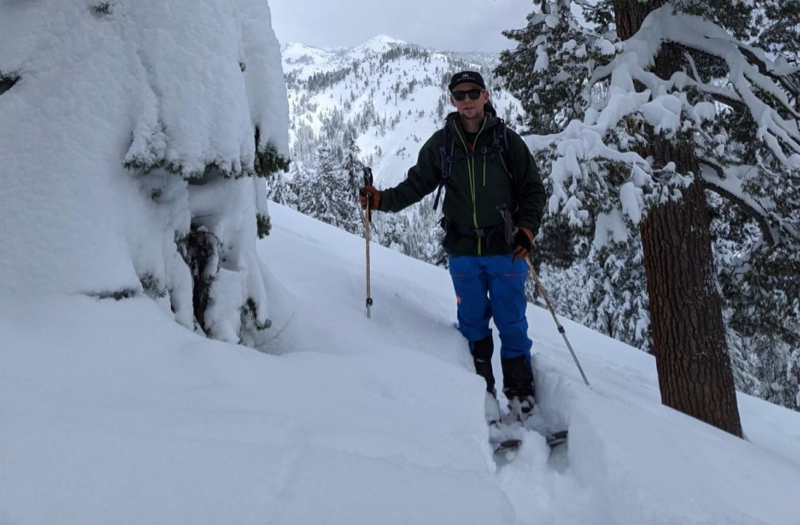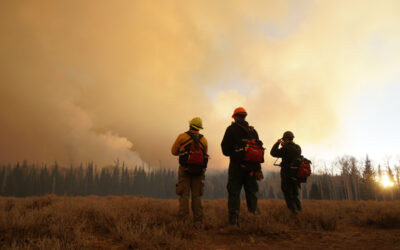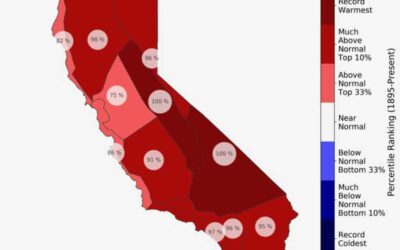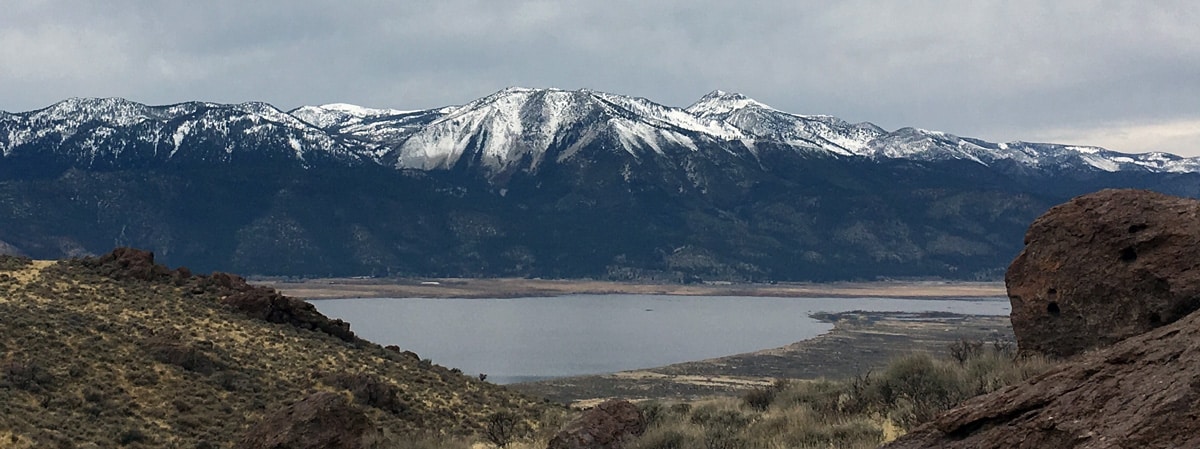A new study showed substantial increases in atmospheric thirst across much of the Western U.S. during the past 40 years, with the largest and most robust increases in an area centered around the Rio Grande and Lower Colorado rivers.
Daniel McEvoy Receives Board of Regents 2021 Rising Researcher Award
The Nevada System of Higher Education (NSHE) Board of Regents named Desert Research Institute (DRI) scientist Daniel McEvoy, Ph.D., the recipient of the 2021 Rising Researcher Award.
Climate change and “atmospheric thirst” to increase fire danger and drought in Nevada and California
Climate change and a “thirsty atmosphere” will bring more extreme wildfire danger and multi-year droughts to Nevada and California by the end of this century, according to new research from the Desert Research Institute (DRI), the Scripps Institution of Oceanography at the University of Calfiornia, San Diego, and the University of California, Merced.
Updated California Climate Tracker tool provides more than 120 years of climate data
Reno, NV (Sept 10, 2018) - Scientists from the Western Regional Climate Center (WRCC) at the Desert Research Institute (DRI) in Reno, NV are pleased to announce the release of a long-awaited update to a climate mapping tool called the California Climate Tracker...
Scientists investigate northern Sierra Nevada snow droughts
Above: From the east side of Washoe Lake, the view of Slide Mountain and Mount Rose on January 7, 2018, showed the effects of the ongoing snow drought. Warm wet and dry periods in November and a dry period in December created snow drought conditions throughout the...
